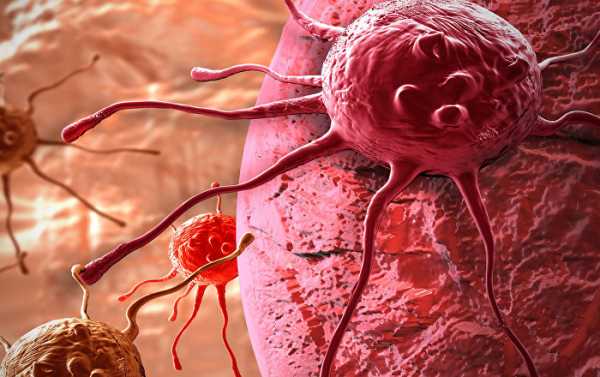
The new development will significantly increase the effectiveness of cancer treatment. The findings were published in the Scientific Reports journal.
Together with researchers from the University of Nantes and the University of Reims Champagne-Ardenne in France, experts from the National Research Nuclear University MEPhI have recently developed a quantum dot-based microarray that enables the screening of effective inhibitors (substances used for decreasing activity) of enzymes that repair DNA damage in cancer cells in response to radiation therapy and anti-cancer medication.
The therapeutic effect of many anti-cancer medications is based on their ability to cause DNA lesions, including DNA double-strand breaks (DSBs), which are repaired with the help of special enzymes.
The latest research findings show that DNA repair proteins cause tumor cells to resist medication and radiation. That is why finding a way to prevent the enzymes from repairing the treatment-induced DNA damage has become one of the most progressive areas in increasing the effectiveness of cancer treatment.
MEPhI researchers state that in order to create new enzyme inhibitors, scientists need to develop a high-performance tool to detect the most active inhibitors and assess their effectiveness.
“We developed a microarray based on quantum dots, which serve as fluorescent tags to assess the changes in DNA-dependent protein kinase (DNA-PKcs, or kinase for short) taking place in response to DNA damage,” said Igor Nabiyev, professor at the University of Reims Champagne-Ardenne and the leading researcher at the MEPhI Laboratory of Nano-Bioengineering. “We found out that the use of quantum dots as fluorescent tags allows us to monitor the effect that inhibitors have on the enzyme activity formed in response to DNA damage.”
Today, most microarrays employ organic dyes as fluorescent tags. These dyes, however, tend to have low sensitivity and instability due to their photodegradation. Recent data proved that highly fluorescent semiconductor nanocrystals, or quantum dots, are a promising alternative to organic dyes.
The optical properties of quantum dots are unique. Apart from their high resistance to photodegradation, quantum dots have a very high quantum yield and a record high fluorescence.
This development paves the way to preclinical validation of quantum dot-based microarrays used for screening kinase inhibitors, which can help in the production of new medications.
The DNA-PKcs kinase plays an essential role in the development of the tumor’s chemo- and radioresistance, thus playing a crucial part in the mechanism of DNA repair. Studies on animals showed that inhibition of DNA-PKcs by small molecules allows radiosensitizing or chemosensitizing different types of cancers, such as osteosarcoma, as well as glioma, breast, lung and colon cancers.
Scientists expect the development and screening of DNA-PKcs kinase inhibitors to improve the effectiveness of the current cancer treatments based on inducing DNA damage.
The published article assesses the prospects of using the new development as a tool for screening kinase inhibitors in order to improve the effectiveness of cancer treatment.
Sourse: sputniknews.com






